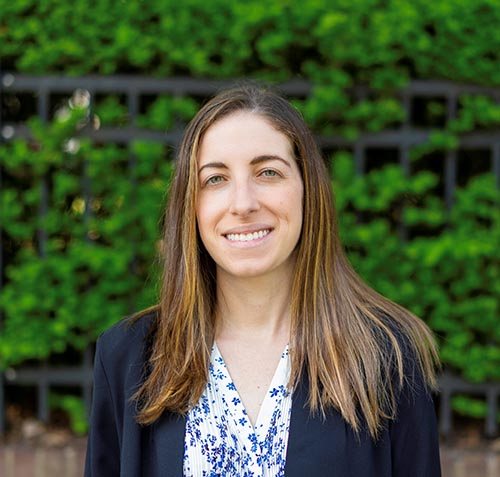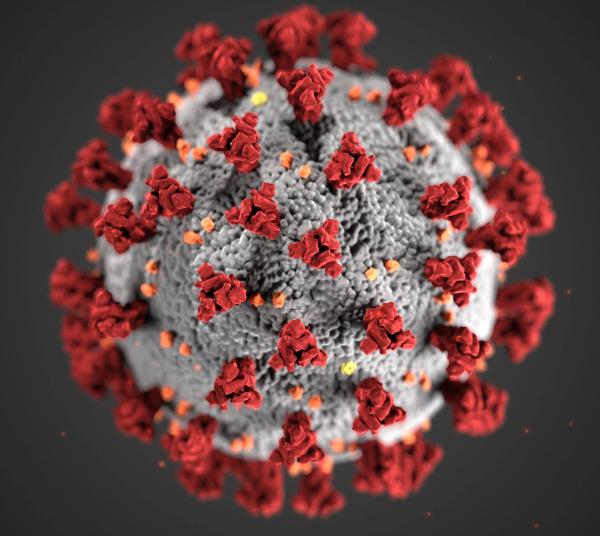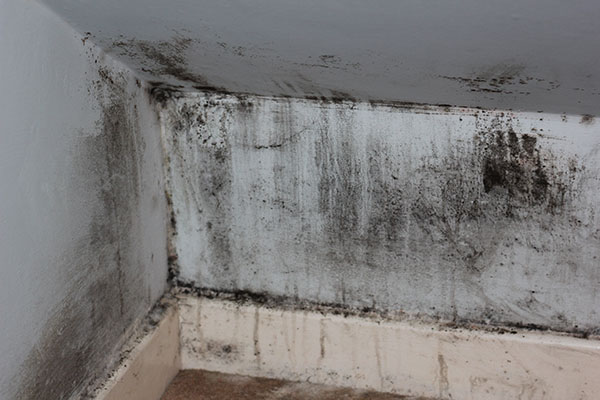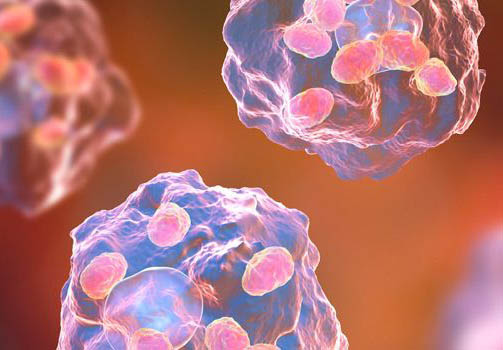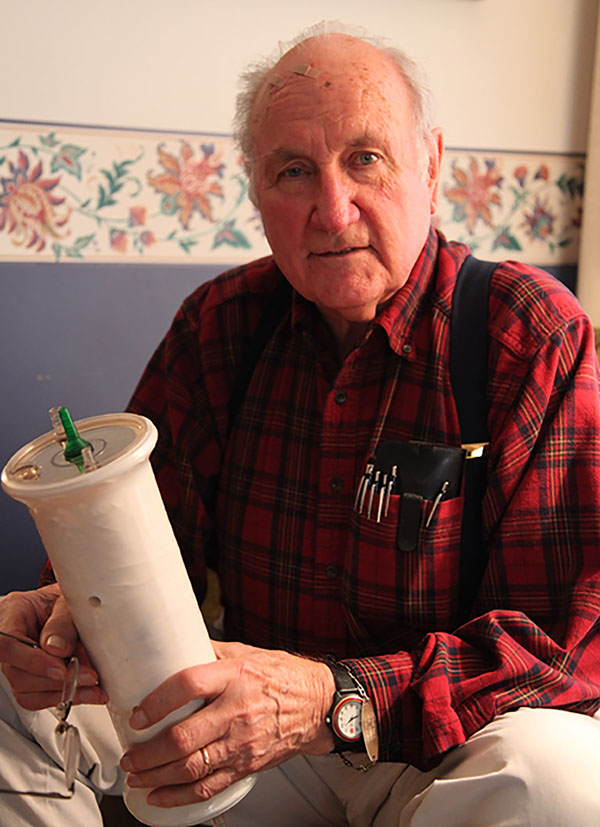Postdoc Profile: Eavesdropping On Bacterial Banter
Dr. Tiffany Zarrella Examines Communication Between Bacteria to Combat Persistent Infections
Facebook’s nearly 3 billion users may seem like a huge social network, but it pales in comparison to the conversations among the trillions of microbes that live inside a single human body. Few people know this better than IRP postdoctoral fellow Tiffany Zarrella, Ph.D., who spends her days eavesdropping on the messages bacteria send to one another to improve treatment for stubborn infections.
Dr. Zarrella was drawn to the bacterial world in microbiology lab courses while earning a biochemistry degree at Syracuse University in New York. After graduation, she obtained a research technician position at Albany Medical College, where she worked on projects centered around infectious bacteria and how they respond to their environments. She continued this thread of research in graduate school, moving on to a new study to discover how Streptococcus pneumoniae bacteria, which often cause ear infections and pneumonia, use a particular signaling molecule to resist antibiotic treatments and evade vaccines.

